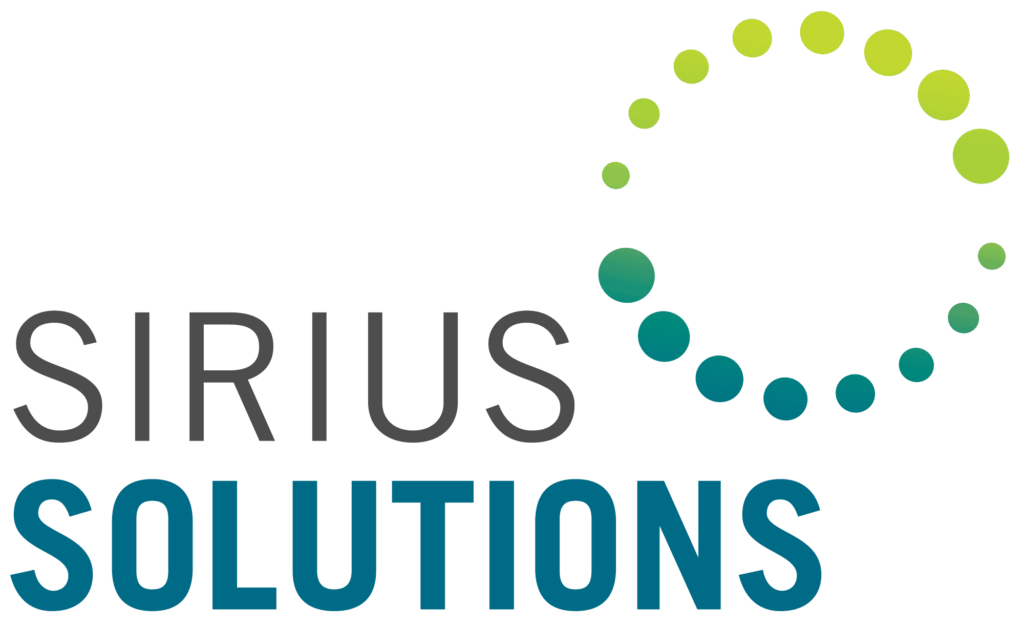Data Mapping: How Offshore Delivers Efficiencies
Recently, our E&P client acquired assets and as part of that acquisition needed to migrate data from one system to another. With about 100 unique fields for each acquired well, all of the associated data fields needed to be mapped, migrated and tested from one system to another. Unfortunately, there were no mapping tables or instructions available. This posed a unique challenge while working within a tight two-month timeline to complete the data mapping and migration process.
The new software vendor provided a lite mapping for their database. However, the task at hand was to migrate complex and unstandardized data structures across two different software systems. There were some tables with over 200 fields, 10+ reference tables, and each table branched out with several user-defined, unique fields. When we were engaged by our client, they had underestimated the complexity of this endeavor but we remained committed to our agreed-upon timeline. In addition, our client had some specific asks migrating data for select assets and correlating specific information and value.
Below, we’ve highlighted a simple yet effective 10 point strategy for a successful project plan.
- Export source/target database tables and identify tables with rows to be converted
- Identify populated fields for each of these included tables and create master file cross-references (new and existing)
- Identify source database table hierarchy to determine associations and verify id links to each
- Use lite mapping to create preliminary master file templates and find associated source tables
- Compare existing source tables to find anomalies in mapping
- Use lite mapping to create preliminary detail file templates and find associated source tables
- Use associated source files to map undefined fields to template(s)
- Prepare detail template loads based on the newly defined mapping
- Load the templates for client review
- Go live with load to production database
Using Offshore To Deliver Efficiencies
Given 20+ years of mapping and data migration experience, we were able to quickly identify resources for this project’s tight timeline. We decided using our offshore team was the most efficient way to provide high-quality, ‘work-around-the-clock’ discipline so that we were able to complete the task in the 2-month timeline. Our offshore team efficiently engaged in a daily routine of us handing over work to them every evening with our Houston team picking up where they left off every morning. We divided responsibilities – with the manual heavy-lifting done in India and the data mapping and architecture done in Houston. Over the 8-week timeline, working with the software vendor, we were able to deliver results on a weekly basis.
Working with offshore teams can be rewarding. It is important to understand each team member’s capabilities and build trust while depending on each other to get the job done. Equally important is building a cadence for communication so that everyone is on the same page, with the ability to map progress and remain strategic in approach. Finally, it is important to both maintain and expect high-quality processes and workflows – understanding that the process is what drives the quality of the outcome.
Sherry Wilson and Joshua Ibarra, Consultants – Sirius Solutions, L.L.L.P.
If you would like further information regarding Data Mapping and Migration, please complete the form below.
Error: Contact form not found.
